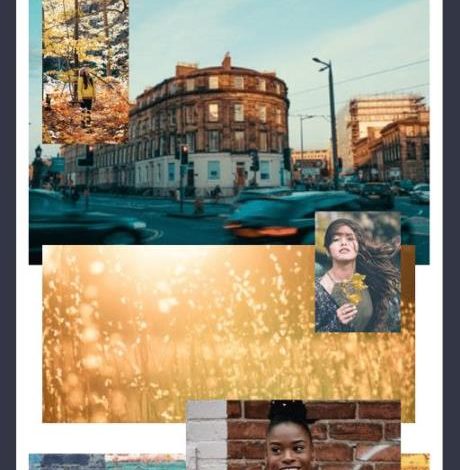Marvels of CSS: Revolutionary Web Designs

#
Marvels of CSS: Revolutionary Web Designs
Have you ever come across a website that left you in awe with its stunning and seamless design? Chances are, it was built using CSS (Cascading Style Sheets). CSS has completely transformed the way we design and present websites, allowing for creativity and innovation like never before. In this blog post, we will explore the marvels of CSS and how it has revolutionized web design.
##
The Power of CSS
CSS is a style language used to describe the look and formatting of a document written in a markup language like HTML. Before CSS, web designers were limited in terms of design options. With CSS, designers gained control over fonts, colors, layouts, and animations, making it possible to create visually stunning and user-friendly websites.
##
Marvelous Features of CSS
###
Responsive Web Design
Responsive web design is crucial in today’s mobile-centric world. CSS allows designers to create responsive layouts that automatically adjust based on the user’s screen size and resolution. This ensures that websites look aesthetically pleasing and are easily accessible on any device, be it a smartphone, tablet, or desktop.
###
Flexbox and Grid Layouts
CSS offers powerful layout options like Flexbox and Grid, which simplify the process of creating complex and dynamic layouts. Flexbox allows for easy alignment and positioning of elements within a container, while Grid enables designers to create advanced grid systems for better control over the positioning and sizing of elements.
###
Transitions and Animations
CSS transitions and animations bring websites to life. With CSS, designers can create smooth transitions between different states of elements, as well as captivating animations to engage users and enhance their browsing experience. From subtle hover effects to flashy loading animations, the possibilities are endless.
###
Custom Fonts and Typography
CSS allows for the use of custom fonts on web pages, giving designers the freedom to choose from a wide range of typefaces beyond standard web-safe fonts. This allows for better branding and a unique visual identity. Additionally, CSS provides precise control over typography through properties like line height, letter spacing, and font weight.
##
Frequently Asked Questions (FAQs)
###
Can I use CSS on my existing website?
Yes, you can easily incorporate CSS into your existing website. CSS can be added directly to your HTML files or placed in a separate external file, which is then linked to your HTML. This separation of content and design enables easy maintenance and updates to the design without affecting the underlying content.
###
Are there any limitations to CSS?
While CSS provides immense flexibility, there are a few limitations to consider. Older browsers may not fully support some advanced CSS features, requiring fallback options. Additionally, excessive use of complex CSS or large file sizes can impact website performance. It’s important to strike a balance between design aesthetics and website performance.
###
Can I learn CSS on my own?
Absolutely! CSS is not overly complex and can be learned by following online tutorials, reading books, or enrolling in online courses. Many resources are available for beginners and experienced developers alike. With practice and experimentation, you can master CSS and create impressive web designs.
## Conclusion
CSS has undoubtedly revolutionized web design, empowering designers to create visually appealing, user-friendly, and responsive websites. With its powerful features and versatility, CSS has become an integral tool in the web development industry. Whether you’re a seasoned developer or just starting out, exploring the marvels of CSS will surely unlock a world of endless possibilities for your web designs.



